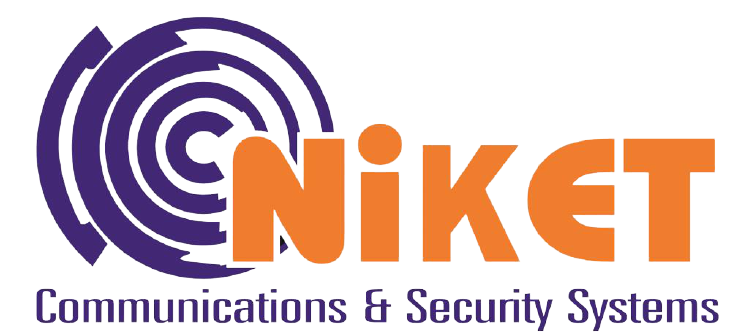Multi-Location Communication Solutions
Centralized Communication:
- Connect multiple office locations, branches, and remote sites under a unified communication system.
- Centralized control and management of extensions, lines, and features across all locations.
Hybrid Architecture:
- Connect multiple office locations, branches, and remote sites under a unified communication system.Integration of traditional PBX features with modern IP telephony capabilities for versatile communication.
- Leverage the strengths of both systems to meet the diverse needs of different locations.
Seamless Connectivity:
- Ensure seamless communication between geographically dispersed teams through a unified platform.
- Interoffice calling, extension dialing, and conferencing capabilities for enhanced collaboration.
Remote Access and Mobility:
- Enable remote workers to connect to the IP-PBX system from anywhere, ensuring productivity and flexibility.
- Mobile integration for seamless communication on smartphones, tablets, and other devices.
Scalability and Flexibility:
- Easily scale the system to accommodate new locations, users, and features as your organization grows.
- Add or remove extensions, lines, and functionalities with minimal disruption to operations.
Cost-Effective Communication:
- Reduce communication costs with IP telephony technology for internal and external calls.
- Consolidate communication expenses and optimize resources across multiple locations.
Disaster Recovery and Redundancy:
- Reduce communication costs with IP telephony technology for internal and external calls.Implement disaster recovery measures and redundancy options to ensure business continuity.
- Backup configurations, failover mechanisms, and data replication for uninterrupted communication.
Security and Compliance:
- Secure communication channels with encryption protocols, access controls, and compliance measures.
- Protect sensitive data and ensure regulatory compliance across all locations.
Benefits With Our Service
By choosing our services, you gain clear, effective solutions that deliver real results and enhance your experience with us.

Reasonable Pricing

Best Service Quality

Professional Team



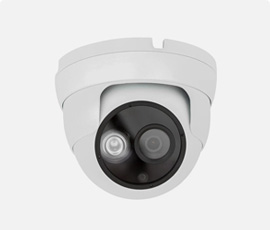

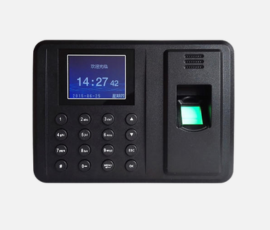
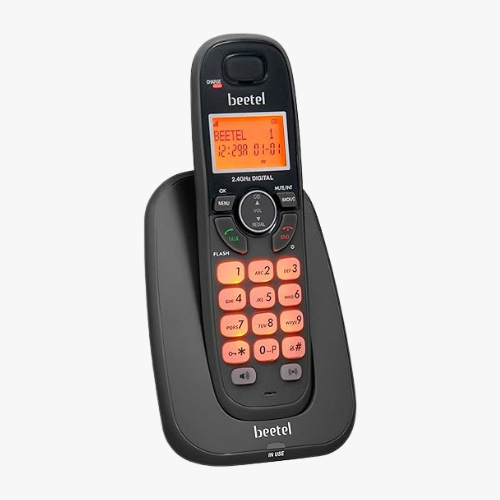
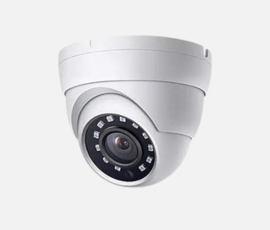
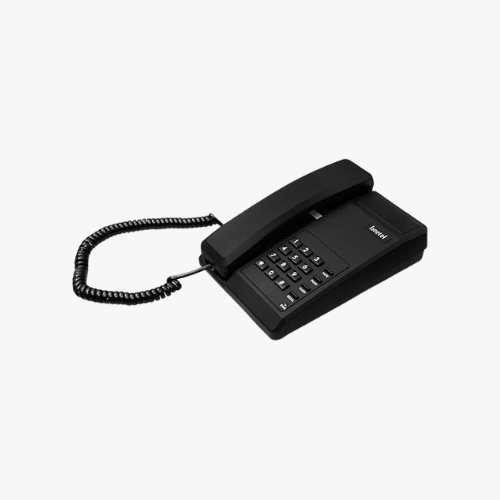
.png)
.png)
